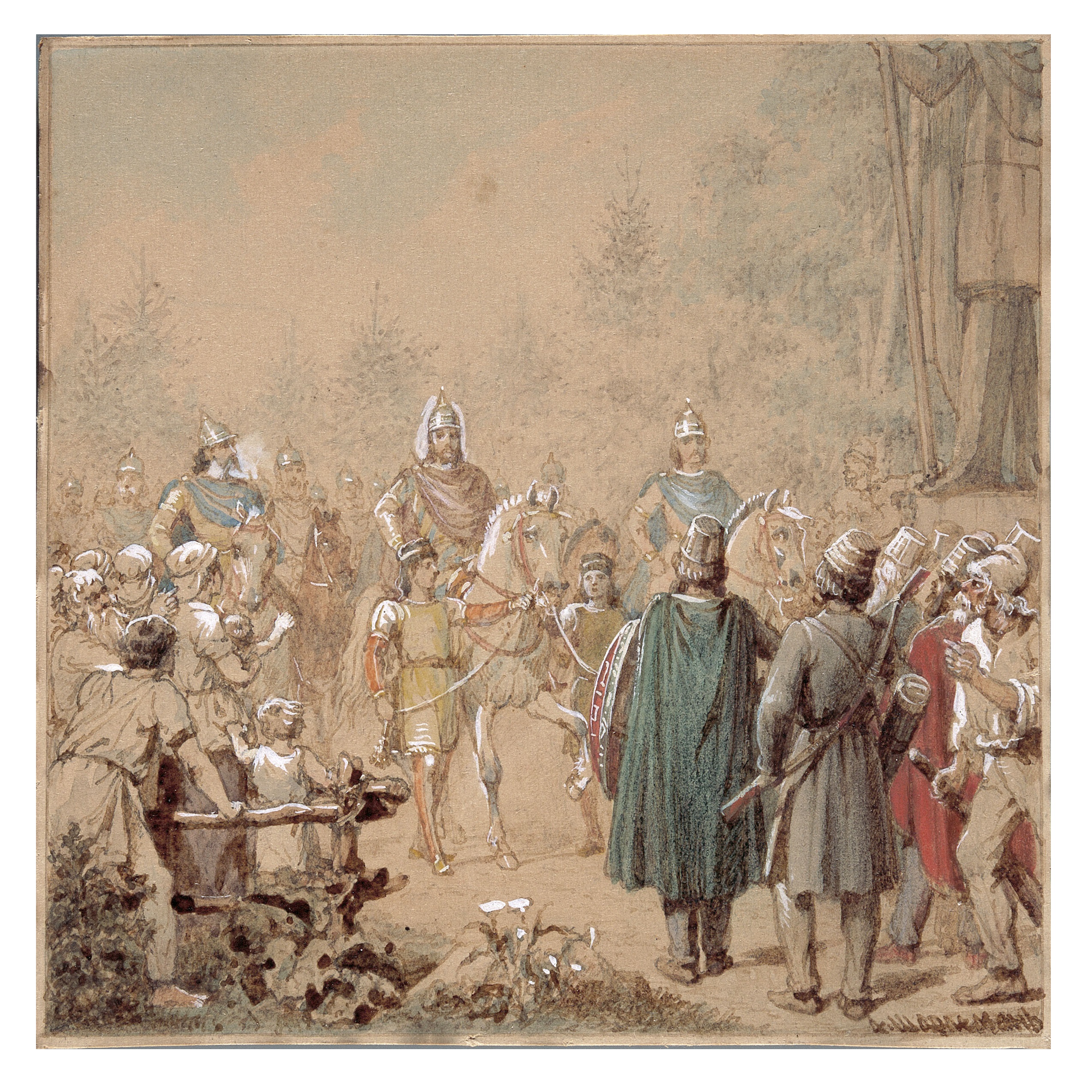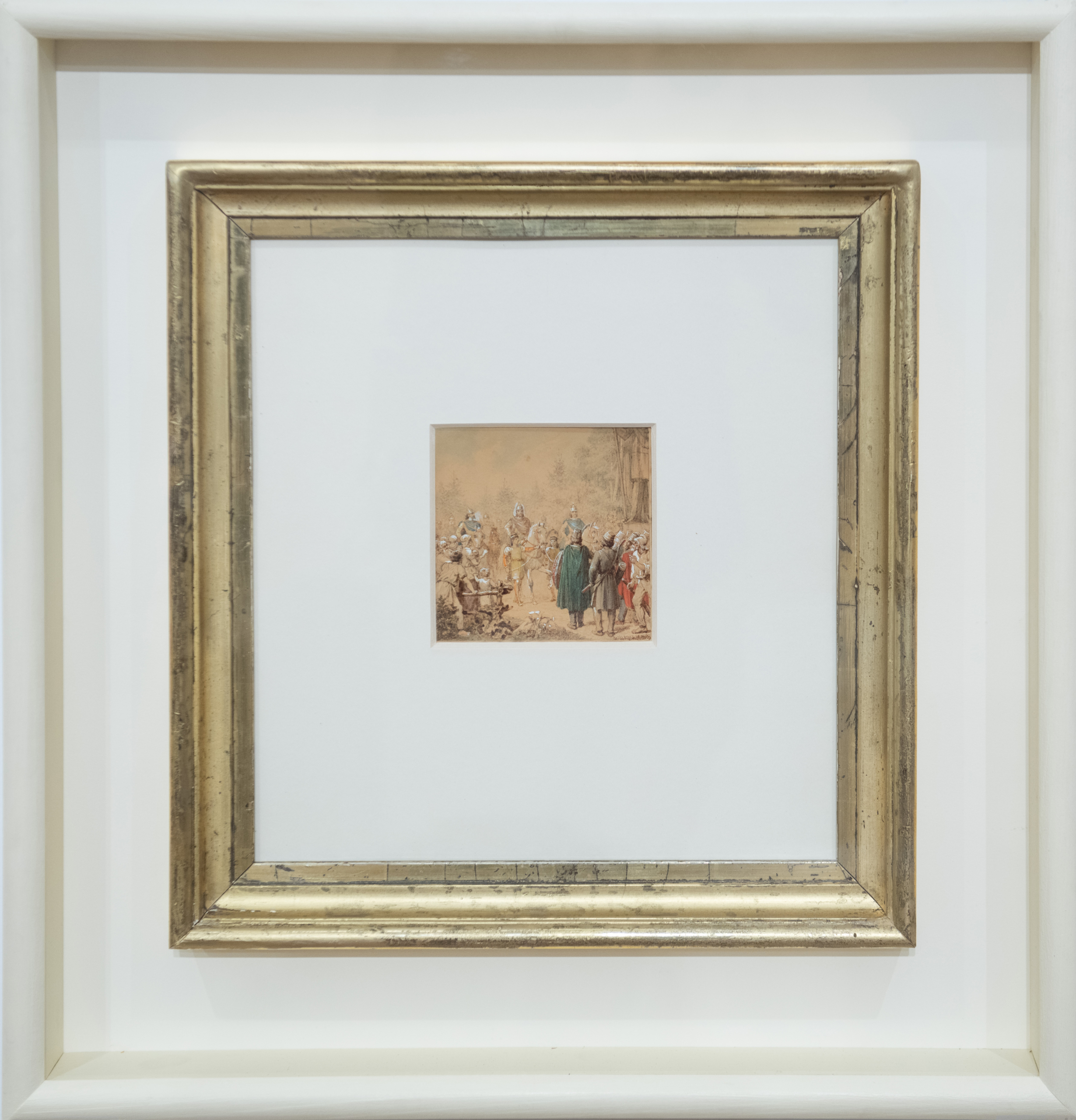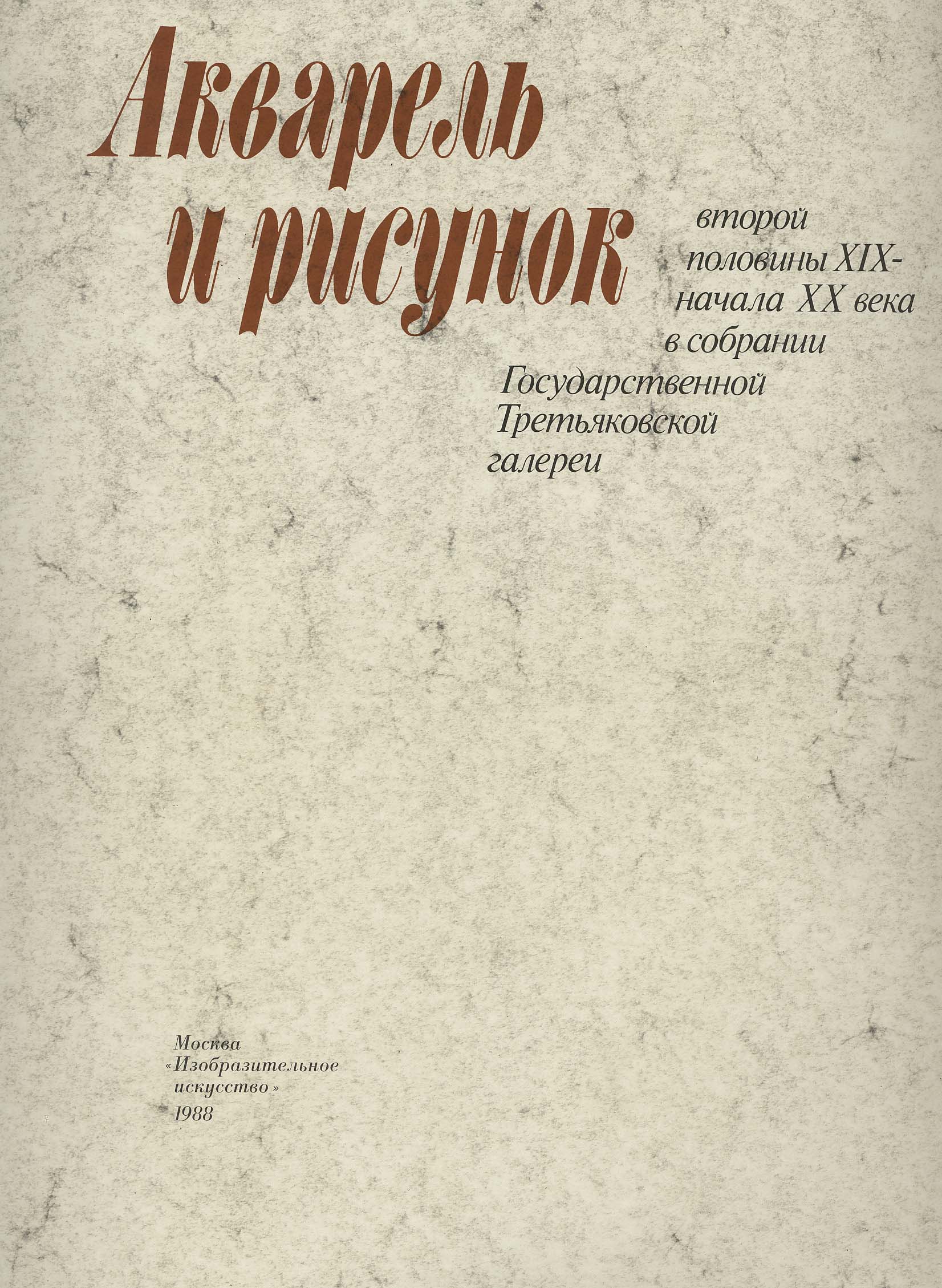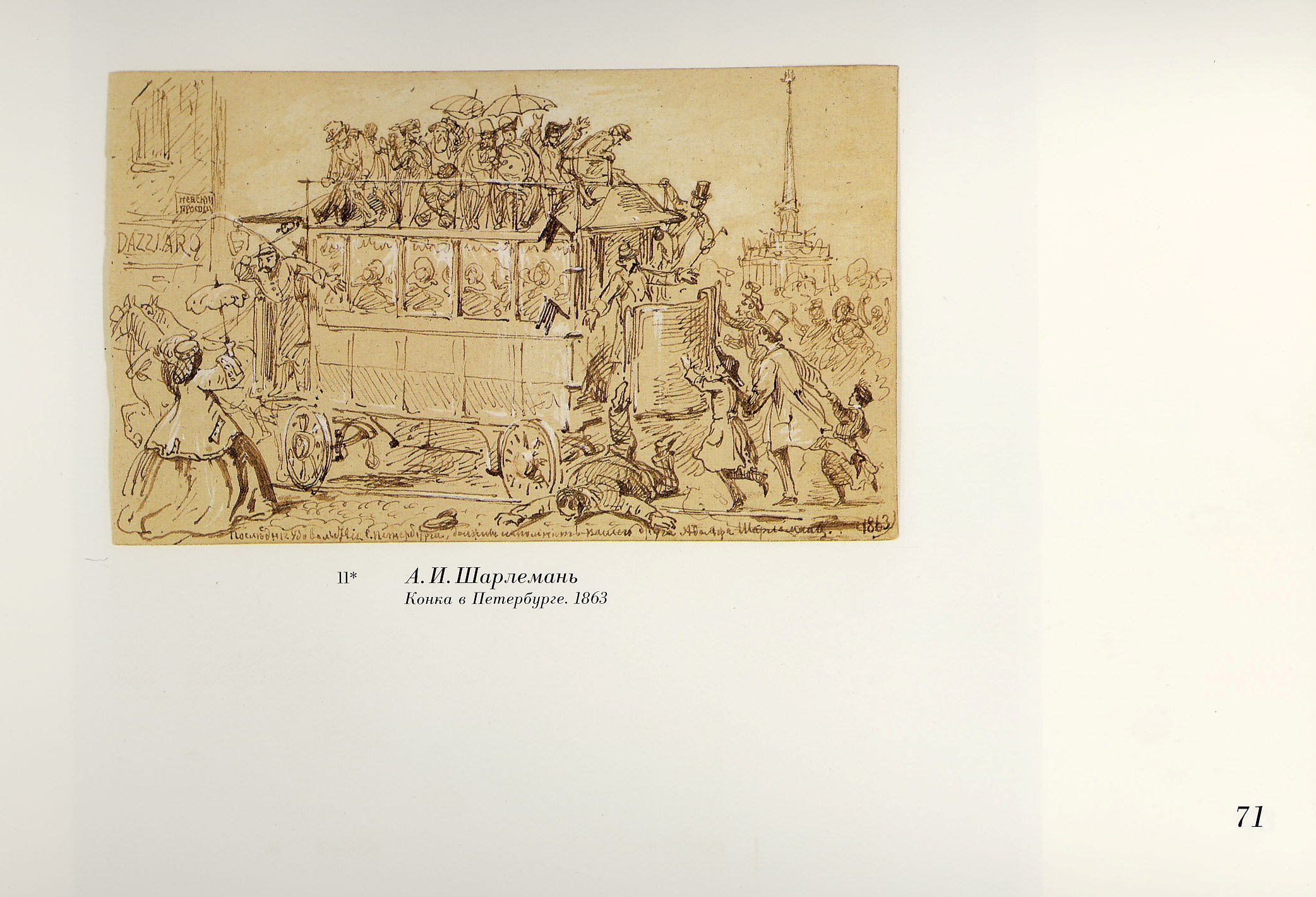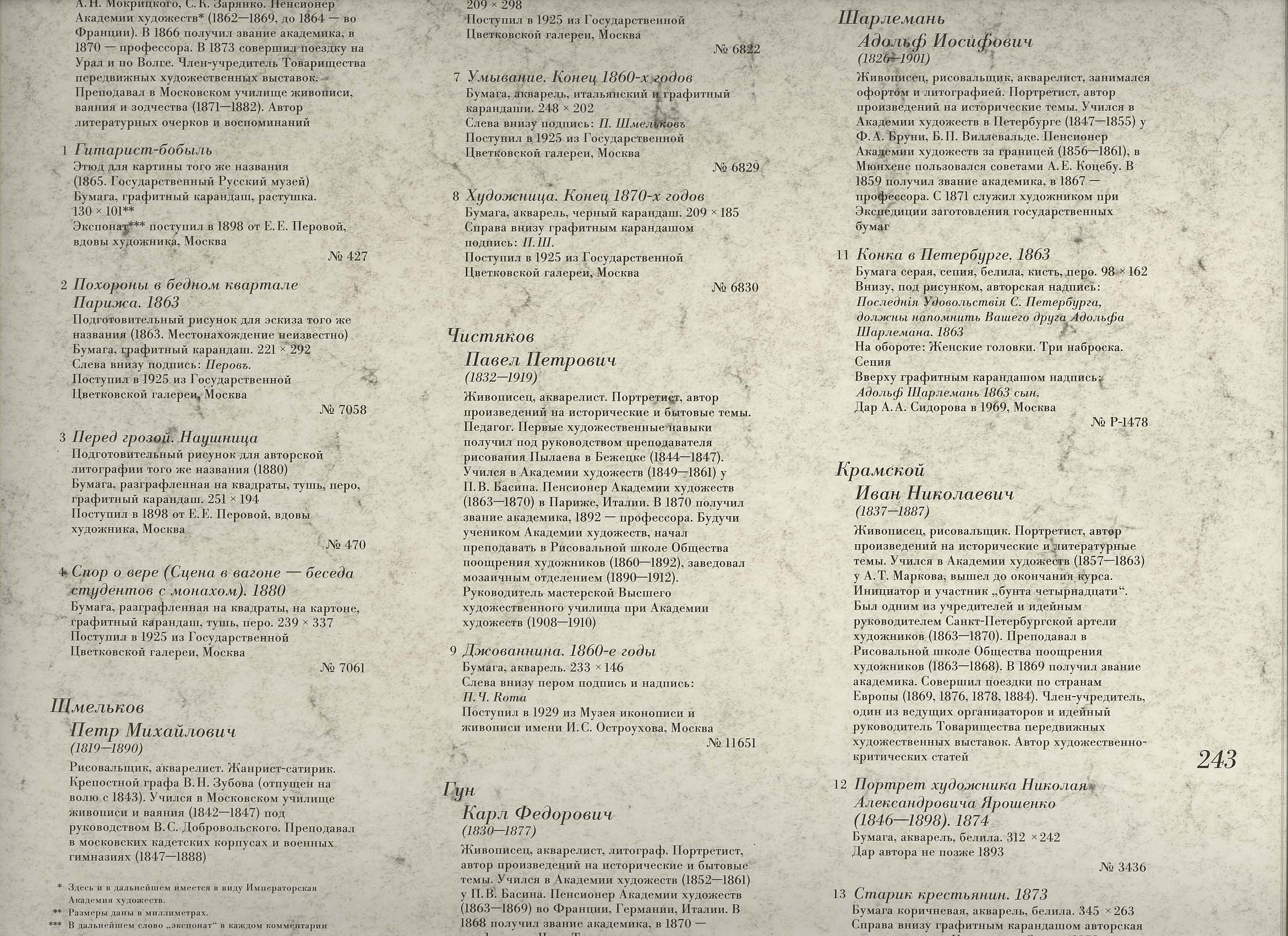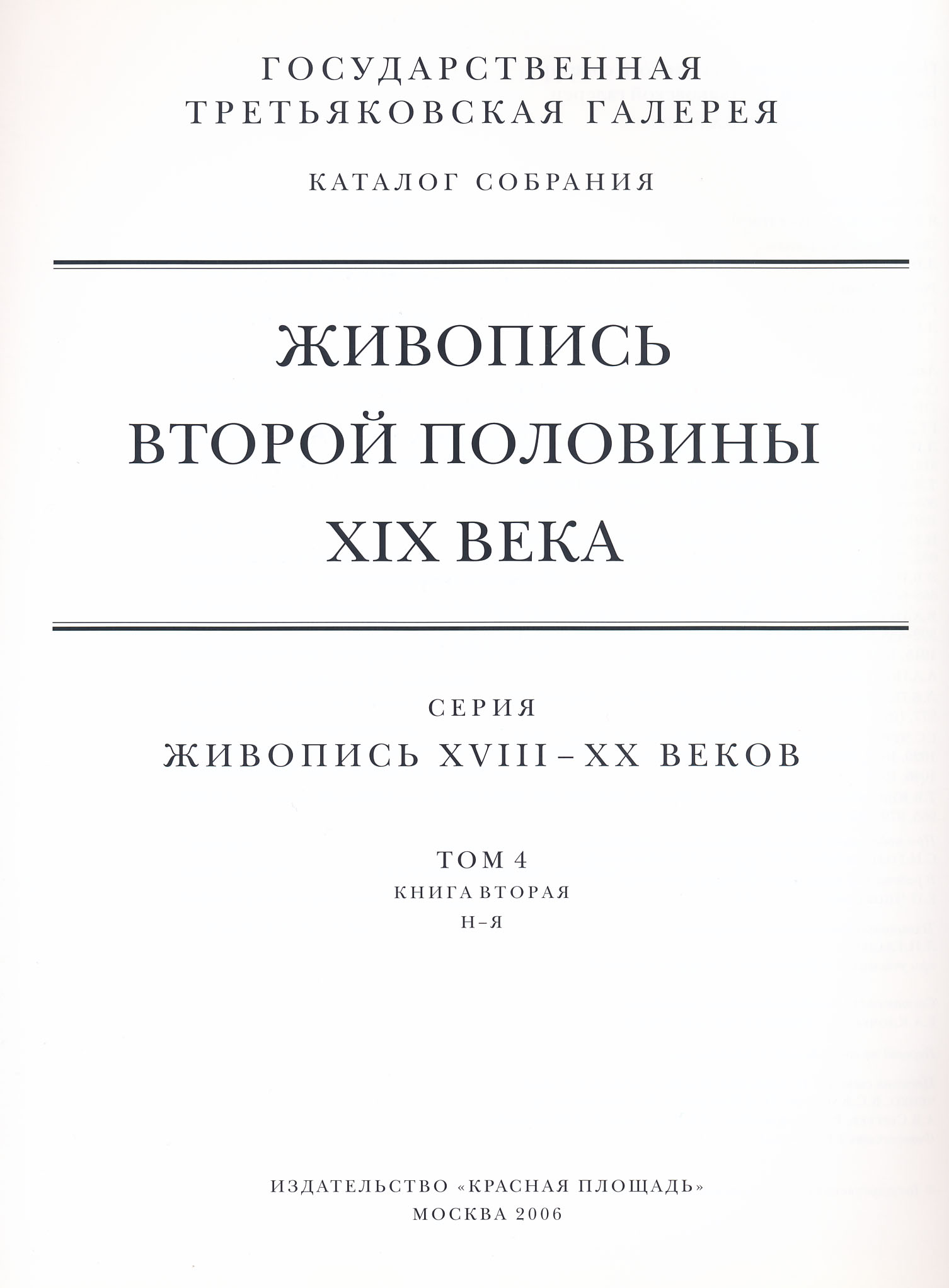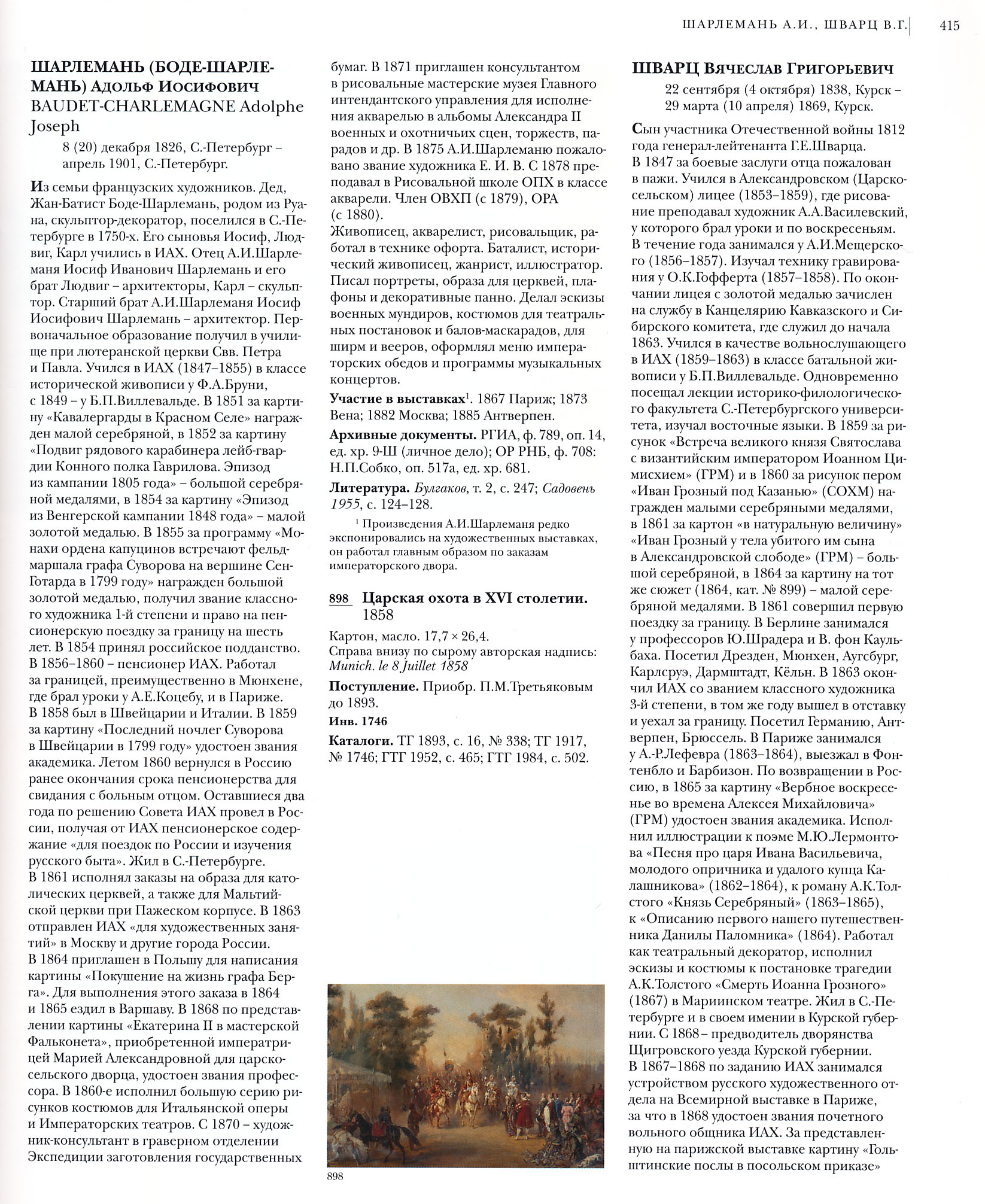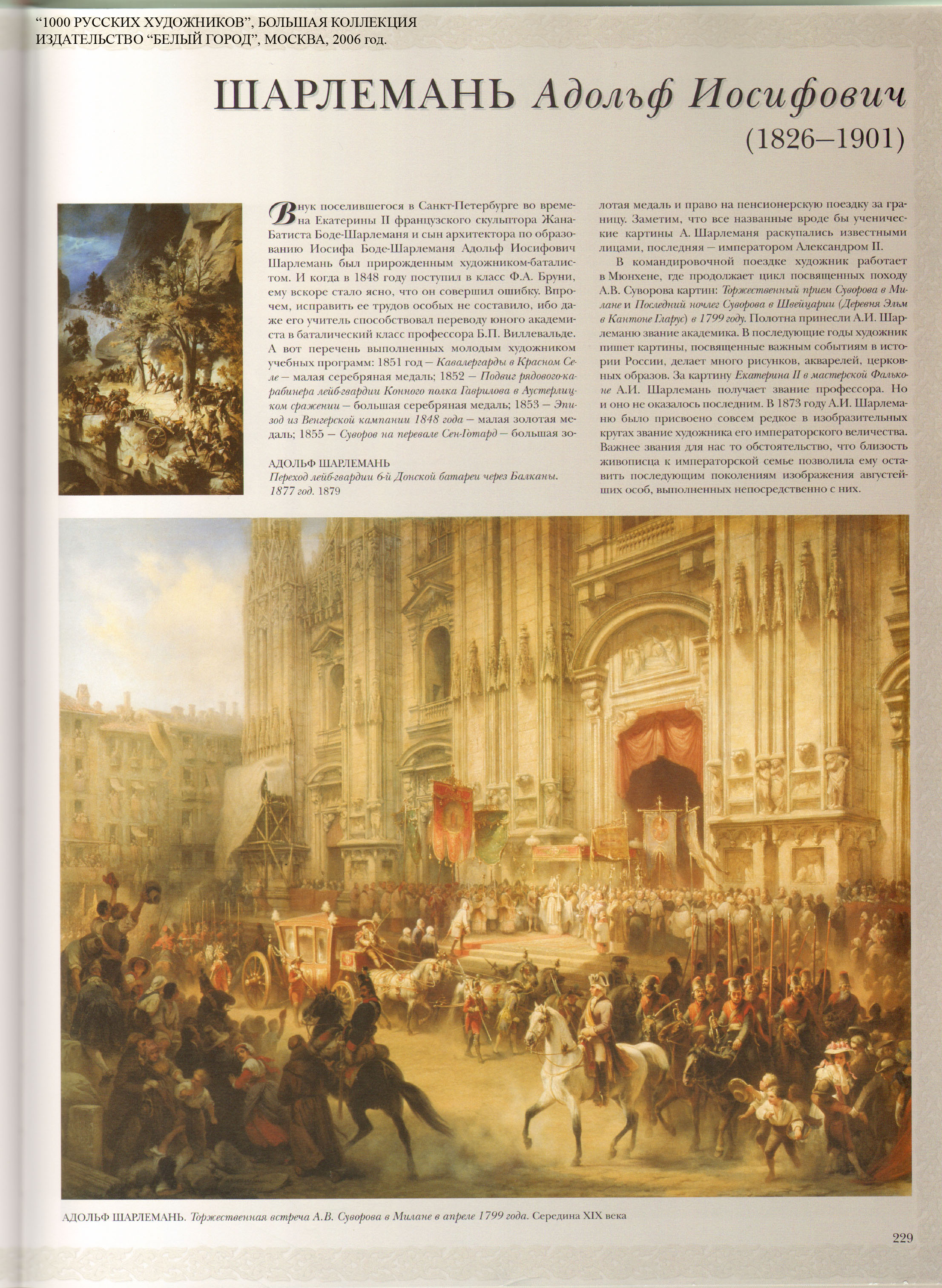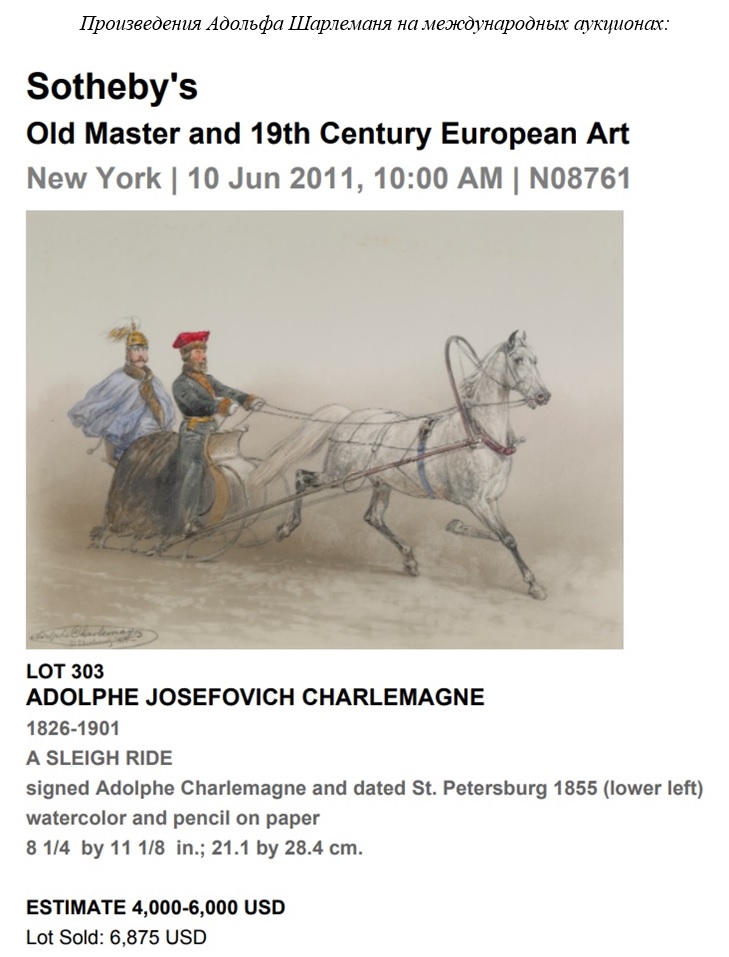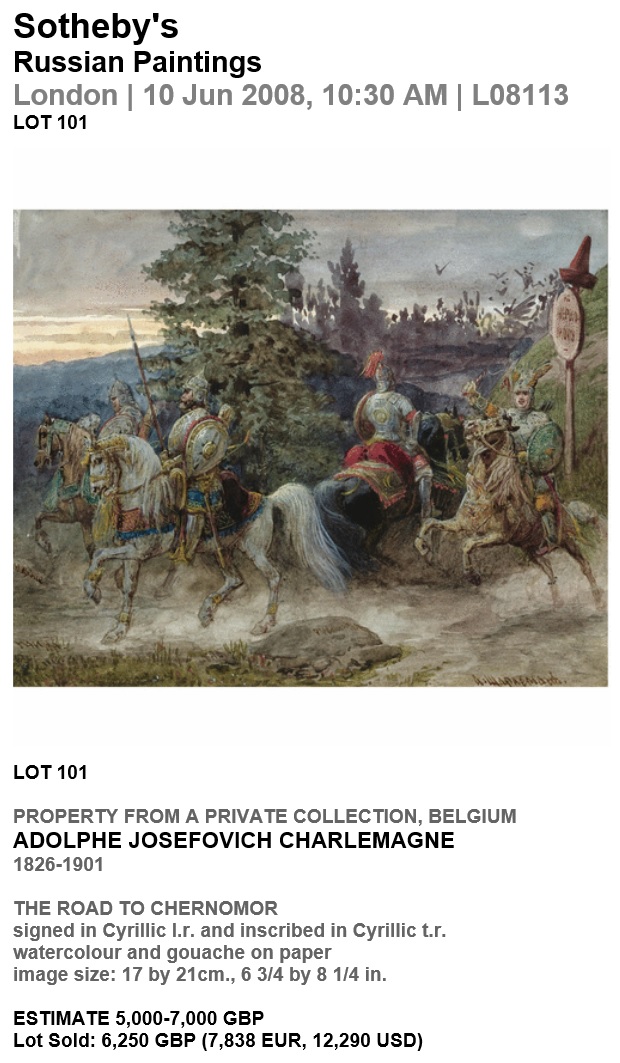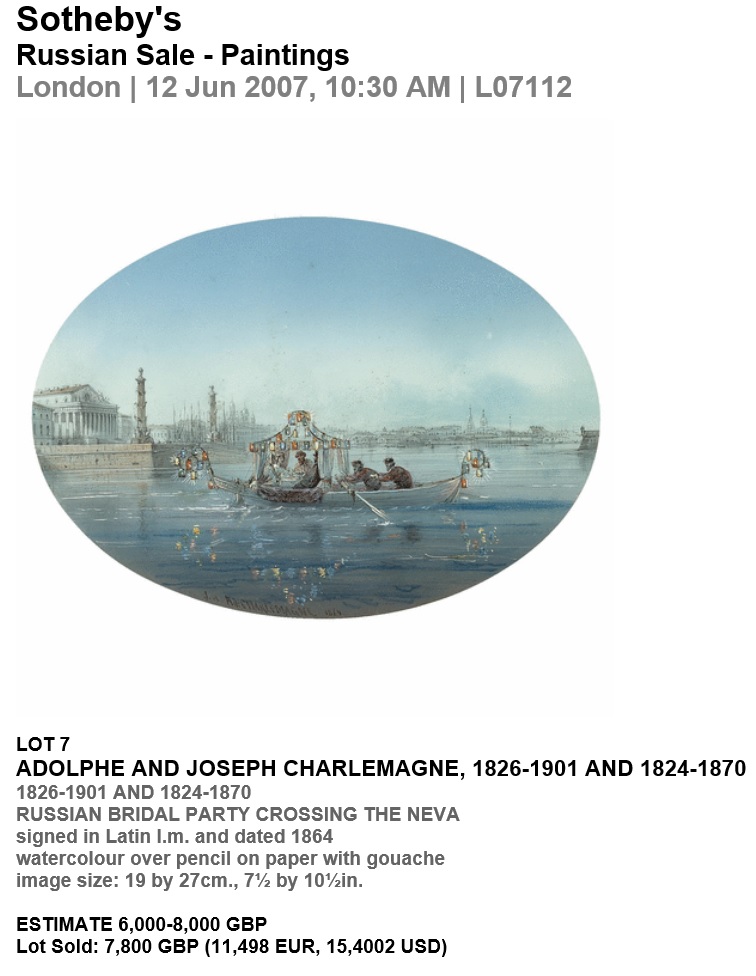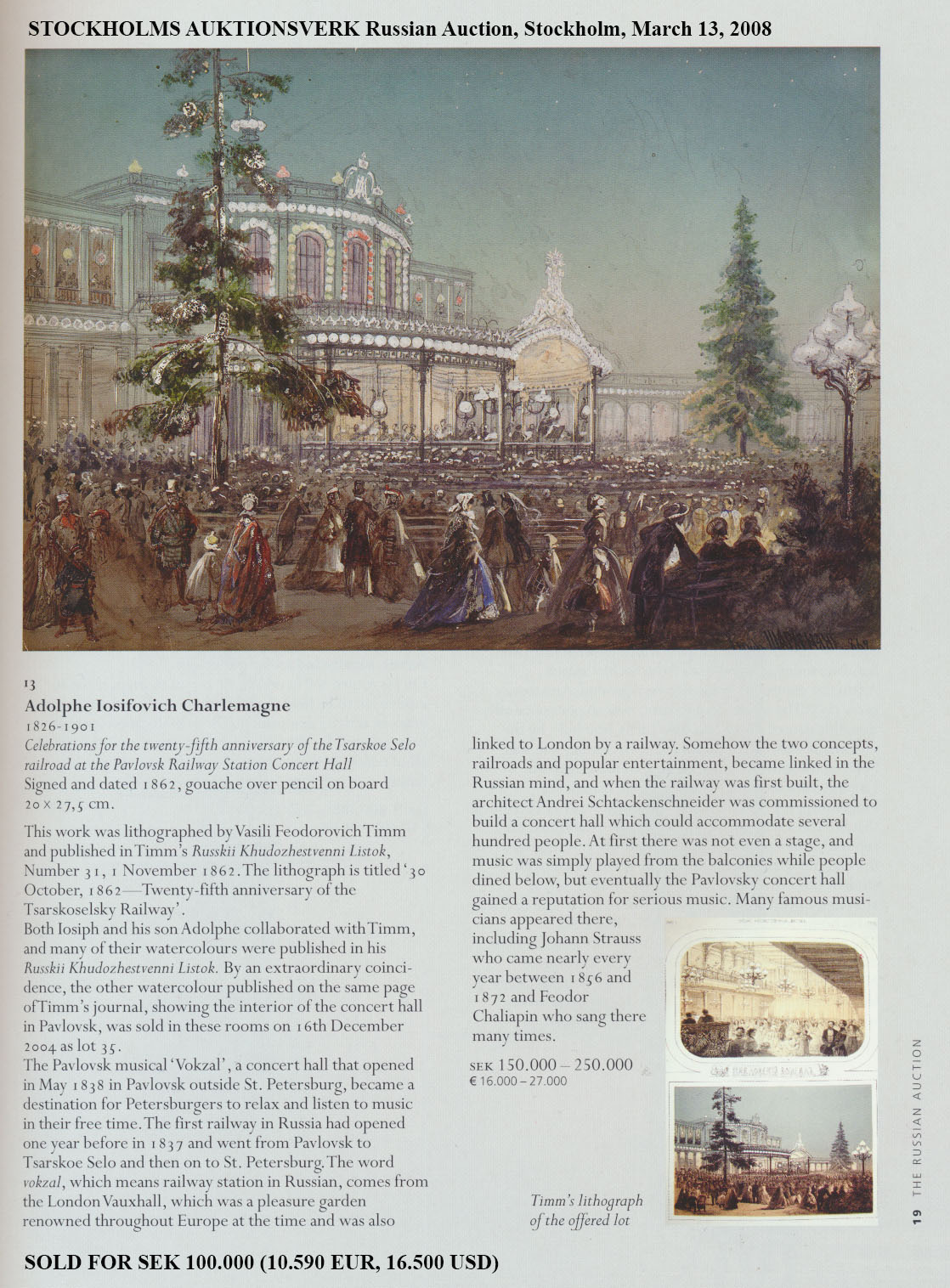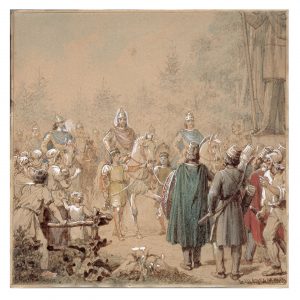CHARLEMAGNE ADOLPHE IOSIFOVICH
December 8, 1826 (St. Petersburg) – April 1901 (St. Petersburg)
Russian painter of historical, genre and battle scenes. He was also the creator of a popular design for playing cards known as the “Satin Deck”.
Came from a family of hereditary artists, natives of France. Grand-father Jean-Baptiste Bode-Charlemagne – sculptor, painter, settled in St. Petersburg in 1750. His sons, Joseph, Ludwig, Charles studied at the Imperial Academy of Arts. Adolphe Charlemagne’s father, Joseph, and his brother Ludwig – architects, Charles – sculptor, an older brother Adolphe Charlemagne, and Joseph, also an architect. Initial education in the School of the Lutheran Church of Saints Peter and Paul. In 1847-1855 he studied at the Imperial Academy of Arts, first in the class of historical painting by Fedor Bruni, in 1849 – in the battle for the class of Bogdan Villevalde. During the period of study took all existing academic awards: in 1851 – a small silver medal for the painting “Village of the Horse Guards in Red” in 1852 – a large silver medal for the painting “The feat of ordinary Carabinieri Life Guards Regiment Gavrilova. The episode of the campaign in 1805, “in 1854 – a small gold medal for the painting” The episode of the Hungarian campaign of 1848, “in 1855 – a gold medal for the program” Meet the Capuchin friars of the Order of Field Marshal Count Suvorov at the top of the St. Gotthard in 1799 . In the same year he graduated from the course with the title of class artist 1-st degree and the right of a pensioner’s trip abroad for six years. In 1854 Russia received citizenship.
In 1856-1860 – retired IAH. He worked mainly in Munich under the leadership of Alexander Kotzebue and in Paris. In 1858 he traveled to Italy and Switzerland. In 1859, for the painting “The Last Bed Suvorov in Switzerland in 1799” was awarded the title of academician. In 1860 he returned to Russia before the expiration pensionerstva to visit the sick father. The remaining two years on the Council’s decision of Imperial Academy of Arts has received support payment “to travel to Russia and study the Russian way of life».
Lived in St. Petersburg. In 1861 it created the image on the orders of the Catholic churches, as well as the Maltese Church for the Corps of Pages. In 1863 he visited Moscow. In 1864, invited to Poland for writing painting “The attempt on the life of the Count of Berg. In 1868, for the painting “Catherine II in the workshop Falconet” was awarded the title of professor.
In 1860 performed a large series of drawings of costumes for the Italian Opera and the Imperial Theaters. Since 1870 worked as an artist in the engraving department Expeditions harvested government securities. In 1871, invited a consultant in drawing workshops Chief Quartermaster of the museum management to execute watercolor military and hunting scenes, images of parades, maneuvers and solemn visits to the albums of Alexander II. In 1875 awarded the title of artist, His Imperial Majesty. From 1878 he taught in the class watercolors Drawing School Society for the Promotion of Artists. Since 1880 – Member of the Society of Russian watercolourists (in the exhibitions of the Society did not participate). Not content with painting and drawing, he worked as a book illustrator, served decorative panels, created sketches of military uniforms, costumes for theater and balls, masquerades, designs for screens, fans, playing cards, designed the menu imperial dinner and program music concerts.
Being fully engaged in the execution of orders of the imperial court, almost no part in the exhibition activities. Works by Charlemagne were exhibited mainly in the international exhibitions – World in Paris (1867), Vienna (1873), Antwerp (1885), the All-Russia Art and Industry exhibition in Moscow (1882).
Charlemagne – one of the greatest artists of the second half of the XIX century, the representative of academic art. The most famous acquired as an excellent draftsman and watercolorist. The artistic legacy of the wizard is extremely large.
Charlemagne works are in many museum and private collections, including the State Tretyakov Gallery, State Russian Museum, Pushkin Museum and others.
